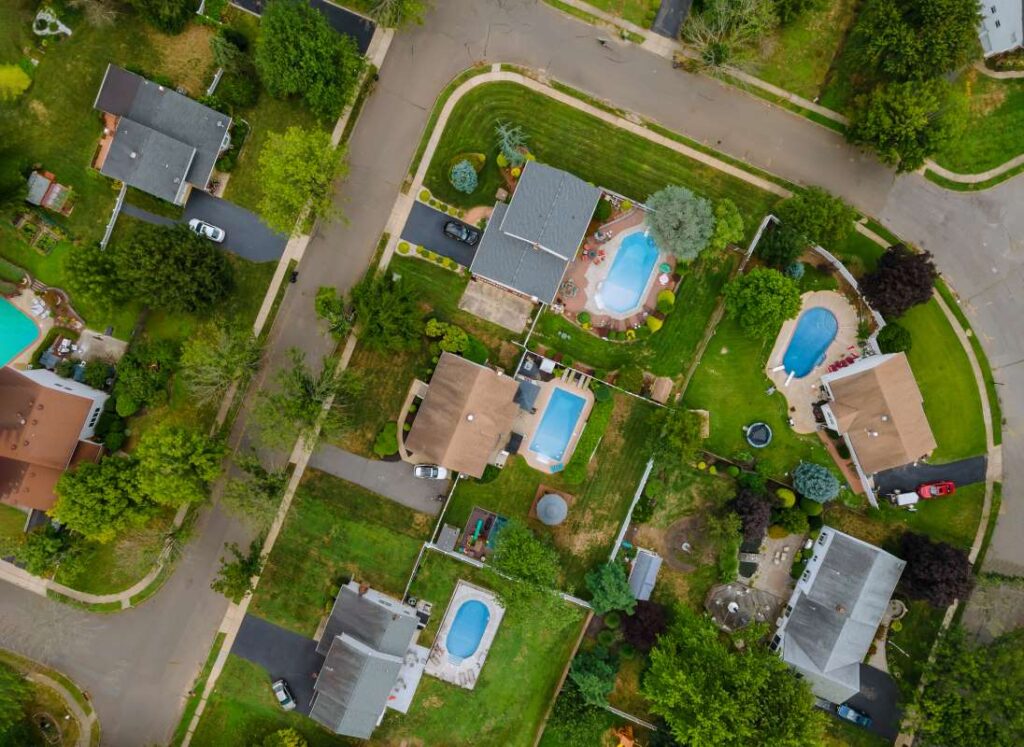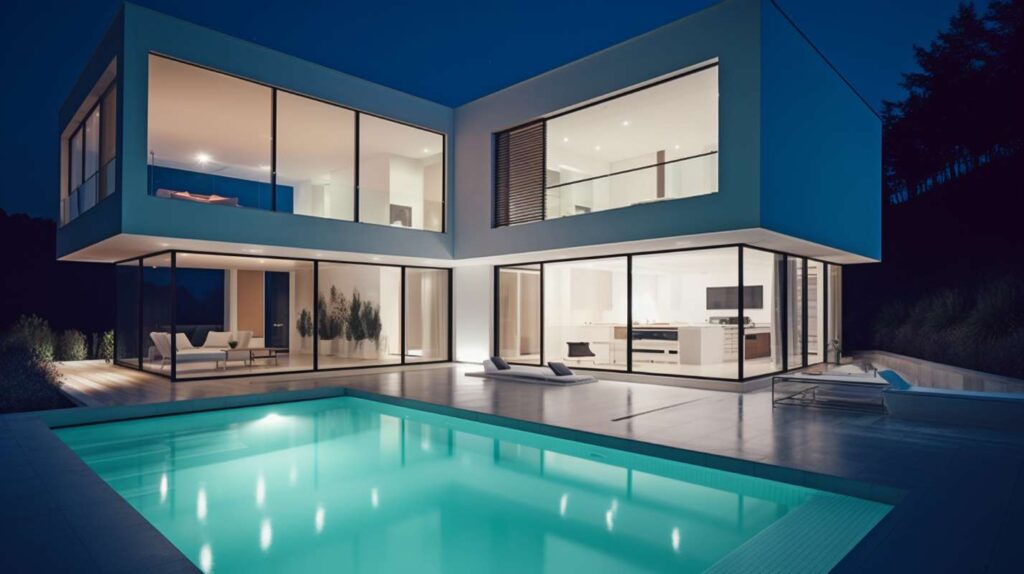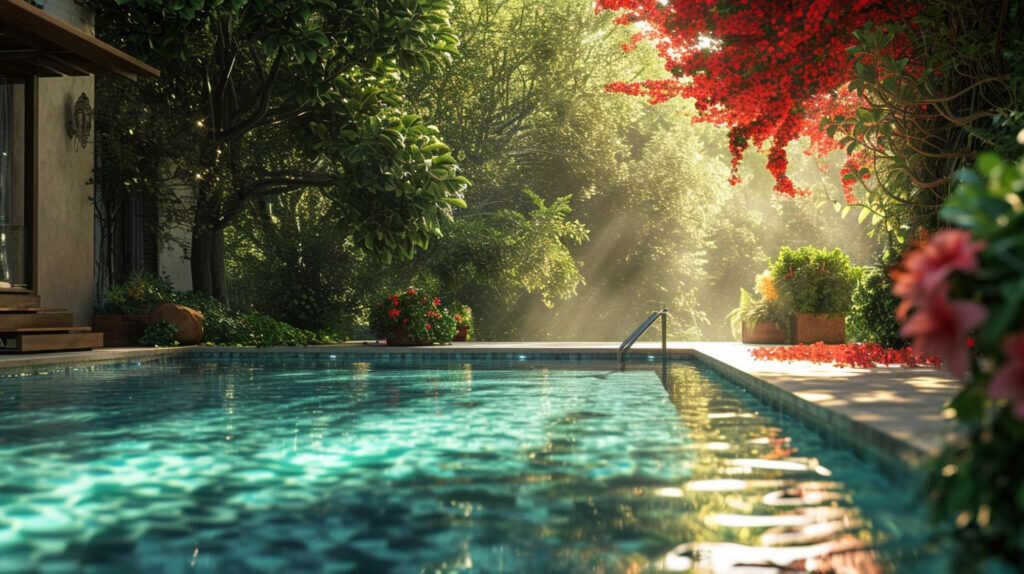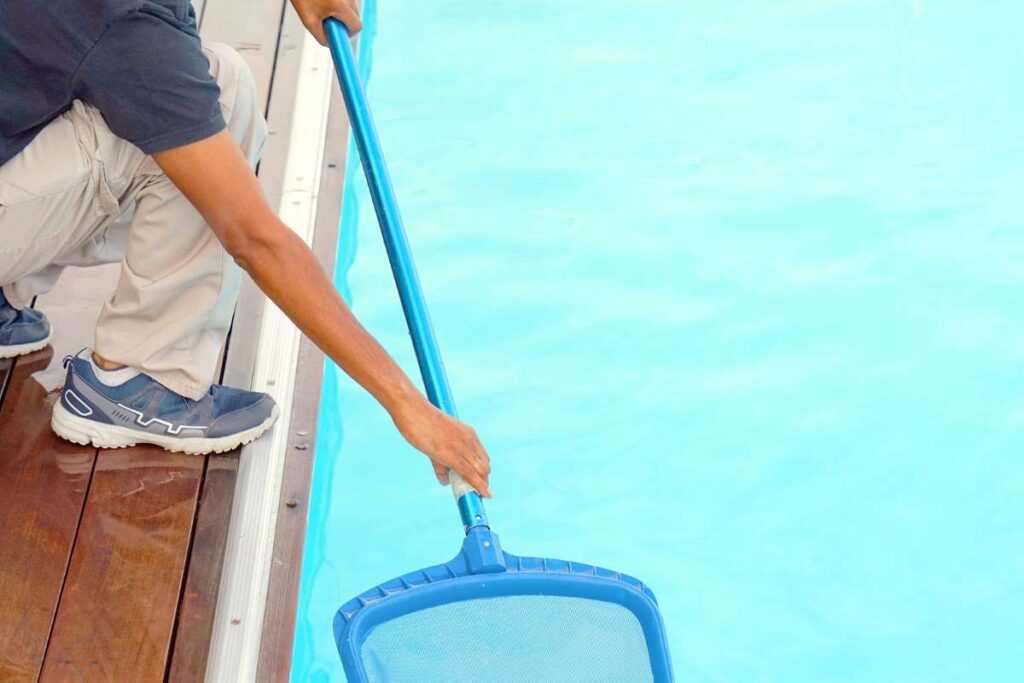A Look at Permaculture Principles in Poolside Landscaping
Explore how permaculture principles can transform poolside landscaping into a sustainable and harmonious oasis that benefits both nature and homeowners.
In an era where sustainability is becoming increasingly important, permaculture principles provide a refreshing approach to landscaping, particularly around pools. This blog post delves into the significance of incorporating permaculture into poolside design, ensuring that your outdoor spaces are not only aesthetically pleasing but also functional and eco-friendly. We will explore various permaculture principles, practical applications, and how these concepts can harmonize human activity with the natural world, ultimately creating a vibrant ecosystem right in your backyard.
Understanding Permaculture: A Brief Overview
Permaculture, a term coined by Bill Mollison and David Holmgren in the 1970s, combines “permanent” and “agriculture” to describe a holistic approach to land use that emphasizes sustainability, diversity, and resilience. The core philosophy of permaculture is to create systems that mimic the patterns and relationships found in nature. Key principles of permaculture include:- Observe and Interact: Take the time to understand the natural environment before making changes.- Catch and Store Energy: Design landscapes that capture and store energy from the sun, wind, and water.- Apply Self-Regulation and Accept Feedback: Ensure that systems can regulate themselves and adapt to changes.Incorporating these principles into your poolside landscaping can yield numerous benefits, including reduced water usage, enhanced biodiversity, and lower maintenance costs.
Designing with Nature: How Permaculture Influences Poolside Landscaping
When planning your poolside landscaping, consider how permaculture principles can guide your decisions. Here are a few innovative ways to integrate these ideas into your design:1. Native Plant Selection: Choose plants that are native to your region, as they require less water and maintenance. Native plants often attract local wildlife, creating a balanced ecosystem. For instance, using drought-resistant plants around pools can reduce the need for additional irrigation while still providing lush greenery.2. Zoning: Apply permaculture zoning principles by placing high-maintenance plants closer to the pool area and lower-maintenance plants further away. This arrangement ensures that you can easily access and care for plants that need more attention while allowing more resilient species to thrive in less attended areas.3. Swales and Rain Gardens: Incorporate swales—shallow, vegetated channels that capture and direct rainwater runoff—into your poolside landscape. These not only help manage excess water but also replenish groundwater supplies. Rain gardens, with their native plants, can further enhance water absorption and filtration, creating a beautiful yet functional environment.4. Food Production: Why not turn your poolside area into a mini food forest? Integrate edible plants alongside ornamental ones. Herbs, fruits, and vegetables can thrive in decorative planters or vertical gardens, promoting a sustainable source of fresh produce right at your fingertips.By embracing these design strategies, you can create a poolside sanctuary that is both beautiful and sustainable.
Water Management: The Heart of Permaculture Practices
Water is a critical resource in poolside landscaping, and permaculture principles provide valuable insights into responsible water management. The goal is to use water efficiently while maintaining the health of your landscape.- Water Harvesting: Utilize techniques such as rainwater harvesting and greywater recycling to minimize reliance on municipal water sources. Installing a rain barrel to collect runoff from your roof can provide a sustainable irrigation solution for your landscape.- Drip Irrigation: A drip irrigation system delivers water directly to the roots of your plants, reducing evaporation and runoff. This targeted approach not only conserves water but also promotes healthier plant growth.- Permeable Surfaces: Instead of traditional concrete or asphalt, consider permeable paving options for pathways and poolside areas. These surfaces allow water to seep through, reducing runoff and promoting groundwater recharge.By implementing effective water management practices, you can ensure that your poolside landscape remains vibrant and lush, even in dry conditions.
Enhancing Biodiversity: The Role of Permaculture in Poolside Ecosystems
Incorporating permaculture principles into your poolside landscaping promotes biodiversity, which is crucial for ecological balance. A rich variety of plants, insects, and animals can contribute to a thriving environment.- Companion Planting: Use companion planting techniques to boost biodiversity and support pest control. Certain plants can deter pests or attract beneficial insects, thus reducing the need for chemical interventions. For example, planting marigolds near poolside can deter aphids and other pests.- Wildlife Habitats: Create microhabitats by including features like birdhouses, bee hotels, and bat boxes in your landscape. These structures provide shelter for local wildlife, which can help control pest populations and enhance the overall ecosystem.- Mulching: Apply organic mulch around your plants to retain moisture, suppress weeds, and improve soil health. As mulch decomposes, it enriches the soil, creating a fertile environment for plant growth.By fostering biodiversity, your poolside landscape can become a sanctuary for both flora and fauna, enriching the experience of all who enjoy the space.
Creating a Relaxing and Functional Space: The Aesthetic Benefits of Permaculture
While permaculture focuses on ecological sustainability, it also offers aesthetic benefits that enhance the overall experience of your poolside area. A well-designed landscape can serve as a beautiful backdrop for relaxation and recreation.- Natural Aesthetics: Incorporate natural materials such as stone, wood, and organic shapes to create a harmonious environment. Use native plants to create a layered landscape that mimics natural ecosystems while providing visual interest throughout the seasons.- Functional Spaces: Design spaces that encourage relaxation and social interaction. Incorporate seating areas, fire pits, or outdoor kitchens that blend seamlessly with the natural surroundings. Use pergolas or trellises adorned with climbing plants to provide shade and enhance the overall aesthetic.- Seasonal Interest: Choose plants that bloom at different times of the year to ensure your landscape remains vibrant year-round. This dynamic approach not only keeps the space visually appealing but also supports diverse wildlife habitats.By focusing on the beauty and functionality of your poolside landscaping, you can create a welcoming oasis that invites relaxation and enjoyment.
Practical Applications: Implementing Permaculture in Your Poolside Landscaping
Implementing permaculture principles into your poolside landscaping doesn’t have to be overwhelming. Here are some practical steps to help you get started:1. Conduct a Site Analysis: Begin by observing your space. Take note of sun exposure, wind patterns, and existing vegetation. Understanding these factors will inform your design choices.2. Set Clear Goals: Define what you want to achieve with your poolside landscape. Are you looking to create a relaxing retreat, increase biodiversity, or produce food? Having clear goals will guide your planning process.3. Start Small: Begin with a small project, such as creating a rain garden or a native plant bed. This allows you to experiment with permaculture techniques without feeling overwhelmed.4. Learn and Adapt: Permaculture is a learning process. Be open to adjusting your designs based on what works best in your environment. Monitor the health of your plants and the behavior of wildlife to understand the impact of your changes.5. Seek Expert Advice: Consider consulting with a permaculture designer or landscape architect who can provide tailored guidance for your specific space and goals.By taking these steps, you can effectively implement permaculture principles in your poolside landscaping, creating a sustainable and beautiful outdoor environment.
Conclusion
Incorporating permaculture principles into poolside landscaping is not merely a design choice, but a commitment to sustainability, biodiversity, and aesthetics. By observing and interacting with your environment, implementing effective water management practices, and enhancing biodiversity, you can create a poolside oasis that benefits both you and the ecosystem. As we navigate an increasingly urbanized world, embracing permaculture in our outdoor spaces offers a path toward harmony with nature. So, whether you’re an aspiring entrepreneur exploring the world of
pool routes for sale or a seasoned pool service professional, consider how these principles can transform your outdoor environments into thriving ecosystems. Dive into the world of permaculture, and let your poolside landscaping flourish with life and beauty.



